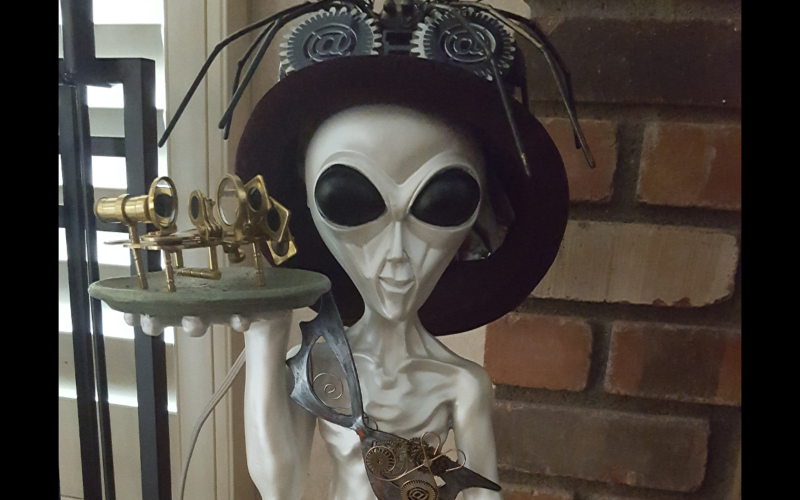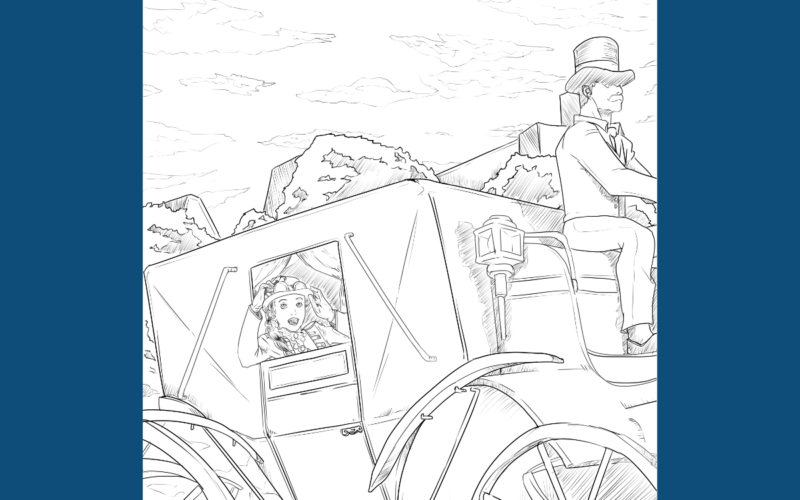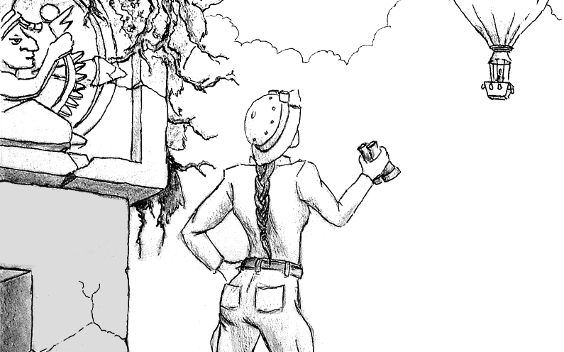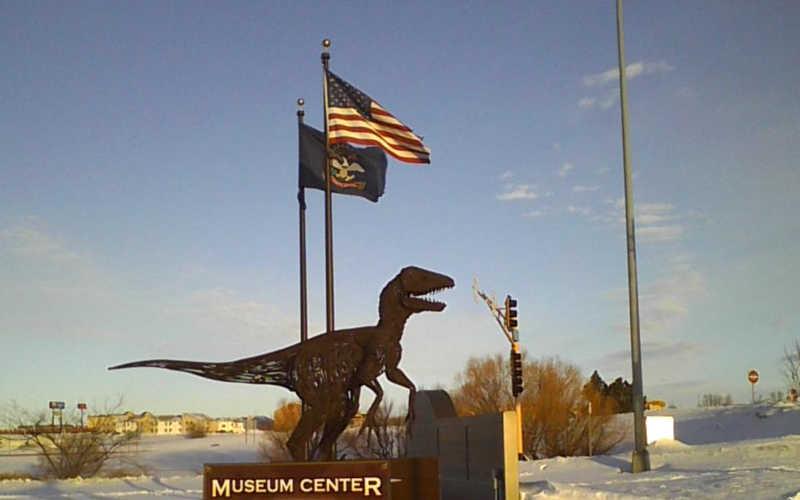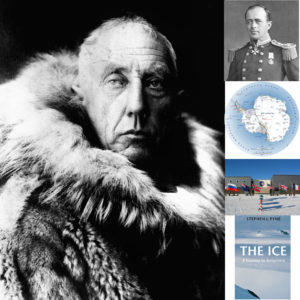
Left, Norwegian explorer Roald Amundsen. On right from top: his British rival Robert F. Scott, NASA map of Antarctica, the Amundsen-Scott Station at the pole, and Stephen Pyne’s book “The Ice.” All images are public domain except Pyne’s book cover (c) Weyerhaeuser Environmental used in conjunction with review.
One hundred and six years ago today, Roald Amundsen’s expedition reached the South Pole, being the first humans to do so. The expedition went smoothly, though it was not without controversy. Amundsen had been planning to head for the North Pole, but hearing that Americans Frederick Cook and Robert Peary had gotten the jump on him he quietly changed plans and headed for Antarctica instead. Thus the wily Norwegian explorer beat out the planned expedition of Englishman Robert F. Scott. Scott went ahead with his own journey as planned, and made some important discoveries, but it ended in tragedy when they all froze to death on the return from the pole. Amundsen, on the other hand, had made extensive preparations and thus his journey to and from the pole went off without a hitch. However, he later met with a tragic fate similar to Scott’s, disappearing in 1928 while flying over the frigid Barents Sea north of his native land.
Antarctica is the only continent without an indigenous human population. Legends spoke of an unexplored southern continent, Terra Australis Incognita, which geographers believed had to be big enough to balance out the continents of the Northern Hemisphere. Interestingly, it was only around 1774 that Captain James Cook’s trip to the (far) South Pacific proved that Australia and Antarctica were separate continents.
The US government maintains a research station at the South Pole, named Amundsen-Scott after the two explorers. A few years ago I attended a talk by a science writer named Stephen J. Pyne (his usual topic is wildfire) who applied for a government grant for writers to spend some time down there – he turned out to be the only applicant. I remember how he described the place as a monstrously monotonous whiteness. The result was a book called The Ice: A Journey to Antarctica. I intend to read this book someday, though I have yet to do so. According to its Amazon reviews, it’s quite comprehensive and dense with information, though some many found reading it just as tedious as Pyne described his stay there as being.
But what about the penguins, you may ask? I would love to see them but a standard Antarctic cruise would suffice, as these fascinating birds dwell only at the northern fringes of the continent. Millions of years ago, the interior of Antarctica had forests. Scott discovered fossils that proved that in his 1912 expedition. At the present time, excluding humans and perhaps some bacteria, the Antarctic interior is practically as lifeless as Mars. Which brings forth an interesting question: if we humans plan to colonize Mars, why not try a viable colony in Antarctica first?
Tre skål for Amundsen – a cool character who beat the Brits to the Earth’s last frontier.

